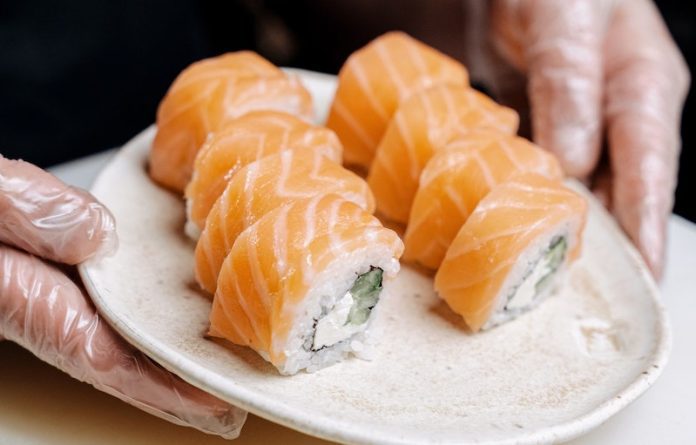
In a study from Macau University of Science and Technology, scientists found about 3 grams daily of omega-3 fatty acids, consumed in foods or supplements, appears to be the optimal daily dose to help lower blood pressure.
High blood pressure, or hypertension, is a major health problem that is common in older adults.
Your body’s network of blood vessels, known as the vascular system, changes with age.
Arteries get stiffer, causing blood pressure to go up. This can be true even for people who have heart-healthy habits and feel just fine.
High blood pressure, sometimes called “the silent killer,” often doesn’t cause signs of illness that you can see or feel. Though high blood pressure affects nearly half of all adults, many may not even be aware they have it.
The human body can make most of the types of fats it needs from other fats or raw materials. That isn’t the case for omega-3 fatty acids (also called omega-3 fats and n-3 fats).
These are essential fats—the body can’t make them from scratch but must get them from food.
Foods high in Omega-3 include fish, vegetable oils, nuts (especially walnuts), flax seeds, flaxseed oil, and leafy vegetables.
Omega-3 fats are a key family of polyunsaturated fats. There are three main omega-3s:
Eicosapentaenoic acid (EPA) and docosahexaenoic acid (DHA) come mainly from fish, so they are sometimes called marine omega-3s.
Alpha-linolenic acid (ALA), the most common omega-3 fatty acid in most Western diets, is found in vegetable oils and nuts (especially walnuts), flax seeds and flaxseed oil, leafy vegetables, and some animal fat, especially in grass-fed animals.
The human body generally uses ALA for energy, and conversion into EPA and DHA is very limited.
Current evidence might support the use of omega‐3 fatty acids (preferably DHA and EPA) for reducing blood pressure, but the strength of the benefit remains unclear.
In the current study, researchers examined the association between omega‐3 fatty acids and blood pressure in almost 5000 adults.
The team found J‐shaped dose‐response curves. The best intake in both systolic BP and diastolic BP reductions was obtained by moderate doses between 2 g/day and 3 g/day.
The researchers also found in people with high blood pressure and older people, there were stronger and linear dose‐response relations.
Higher intake of omega-3s was linked to better blood pressure control.
Based on the findings, the team suggests that the optimal combined intake of omega‐3 fatty acids for blood pressure lowering is likely between 2 g/day and 3 g/day.
Doses of omega‐3 fatty acid intake above the recommended 3 g/day may be linked to additional benefits in lowering blood pressure among groups at high risk for heart disease.
The study was conducted by Xinzhi Li et al and published in the Journal of the American Heart Association.
If you care about heart health, please read studies about how diets could help lower high blood pressure, and probiotics could help reduce blood pressure, blood sugar, and cholesterol.
For more information about nutrition, please see recent studies that green tea could strongly reduce blood pressure, and results showing this olive oil could reduce blood pressure in healthy people.
Copyright © 2022 Scientific Diet. All rights reserved.





